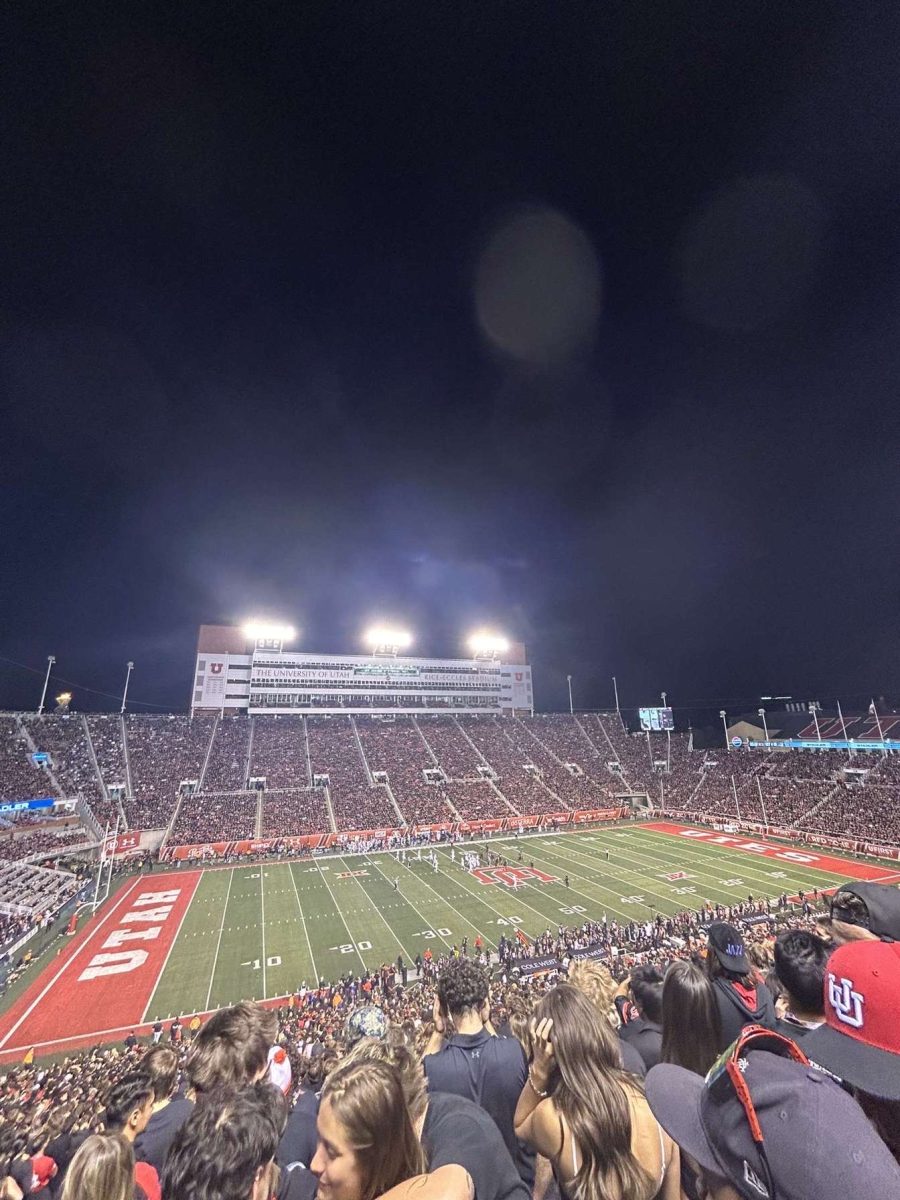Professional development at AHS
Compared to other districts, the Aspen School District (ASD) exceeds the set expectations of Professional development through unique opportunities and a highly motivated staff.
Professional development is a way for teachers to augment their craft and learn new teaching techniques to accommodate every type of student. All teachers are required by the Colorado Department of Education to have 90 documented hours of Professional Development to renew their teaching license, which expires every five years. Teachers can also partake in recertification hours to meet the requirements.
At the ASD, teachers are not required to participate in professional development, even though they have to obtain the mandatory hours for a teaching license. AHS principle Tharyn Mulberry, who has worked in three other school districts and helps oversee professional development has never seen a staff so motivated to improve their teaching skills.
“We are super fortunate here at Aspen because my staff is amazing. They do such a great job, and they are motivated to become better at every facet of the job. Most of the time they do professional development willingly.” Mulberry said, “The best professional development ideas come from the staff. When teachers come to me with an idea that they are passionate about I get excited because I know that they will implement it into their teaching. Versus if we tell them to do it, they may not do it. When people have the autonomy to choose it, they are more likely to do it.”
Professional development courses are extremely expensive. ASD spends roughly 25 thousand to 35 thousand dollars in Professional development per year. Though it can be more costly for the school compared to other districts because of travel expenses, AHS has the funding for it, while other schools do not because of funding from various sources. Many school districts are tremendously underfunded and can’t afford to pay for professional development, which means teachers have to pay for it themselves to keep a teaching license. Human Resources director Elizabeth Hodges works alongside Assistant Superintendent Tom Heald on managing professional development and has seen the difference between ASD and other school districts regarding professional development. One school Hodges previously worked at did not have enough money to pay for the program.
“We are very fortunate because our professional development is all paid for. At other school districts, more specifically the one I worked at, they have one day, so the rest of the hours required for professional development is on the teachers. Teachers already have very little pay and having to pay for their own professional development becomes an economic burden.” Hodges said.
Not only do other school districts not offer professional development because of financial reasons, but they also do not provide it because they lack a culture that fosters a desire for improvement. English teacher Anna Beth Clark moved to Aspen from Houston Texas this year. She taught at a private school that had the financial means for funding Professional Development, but they chose not to support professional development programs anyway.
“We are given a lot of options [here in Aspen] that we can do inside the school, but also we are encouraged to go outside of school and explore our interests.” Clark said, “Part of the reason teachers at my old school didn’t do it was because the district wouldn’t support it financially–though they could have. Here there is more support in your growth as a teacher, and it’s been amazing.”



























